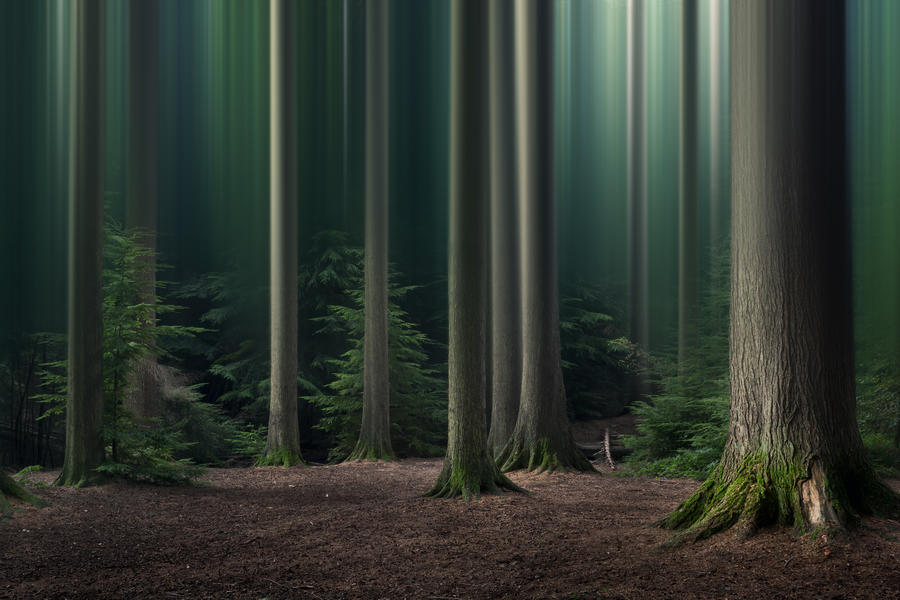
After all, wouldn't someone who didn't know anything about the camera to be clumsy with it? The fact that this is a very common question is what prompted me to write a guide in the first place. But that's the kind of first kind of composition that you could do here in this managed woodland.Ī beginner's guide to woodland photography may sound like an oxymoron. Detail-wise what I am looking at, and I might do in a bit, is just here there's a huge mushroom which I might go and take a shot of. There is some moss or something up there in the tree I think it might be mistletoe back there it's lying on that third. The only slight problem with this is there isn't really anything back here to create any interest. You can use the avenue here and here to create a line of interest going in and in to go back towards here. So this is the first type of composition that you could do in this managed woodland.

So I'll just explain some of the compositions that you can do here in this particular type of woodland so you can get an idea how we're going to transport it back into a proper woodland and that's been there for a few hundred years or more.

Because everything's planted we can start to find compositions a lot easier and then we can take that knowledge and transport it into a normal woodland that's been there for hundreds of years and it's just a tangle of branches, trees, trunks and whatever else. It's actually a man-made wood everything's been planted in an orderly fashion and so you can work things out a lot quicker than if you were to go in just to a woodland, in your local woodland that's been there for hundreds of years. But it's just too wide and especially on a day like today there's nothing in the sky and it's just white and it's going to be blown out so that's 28 millimeters wide angle and that for me is why this particular scene doesn't work at wide-angle.įor the composition of our images it's good to start somewhere like this and the reason is because it's an orderly wood. But what I've done is I put this central trunk here in the middle this is what I really want to focus on and you can see on the third's here there is actually a trunk and a trunk as well and the foreground is maybe just off the bottom of the third and going toward the middle but not quite. At the moment it's set at 28 and you can see it's it's okay is probably maybe a little bit too wide. So 50 millimeters how our eyes see and then 70 millimeters so it starts to compress things just a little but not too much. So here, for example, I'm always thinking it's around 50 to 70 millimeters. Telephoto it kind of works in here but it brings things maybe too close. So that's the next step you must think about the light and the quality of the light in your woodland.īecause it helps to compress a lot of the trees together and create a very nice composition. So as I said it works great in flat light. Absolutely wonderful soft light in the morning. Woodland is great in that it works both in flat light and also sunny light and also when you have that low mist and there is the sun breaking through the mist in the early morning creating those really nice ethereal looking images. The next step to think about when creating your woodland images is the light and the quality of the light. So that is the first step to creating your successful images within woodland.

Forest photographers plus#
I've had images, I think it was back in April or so, whereby this whole area was flooded I had a really nice sunny day with blue sky white fluffy clouds and I was able to get the reflections all in this woodland plus the reflections of all the tree stumps here. So for me for example I know when it rains heavily where I'm stood floods. And if you're familiar with your surroundings, then you're going to be able to create more successful images from that particular area and also you'll get to know the intricacies of this particular woodland.

The absolute first step when it comes to woodland photography is to go to somewhere that you know and that you can practice. Get to know your local areas & Think direction / quality of light.


 0 kommentar(er)
0 kommentar(er)
